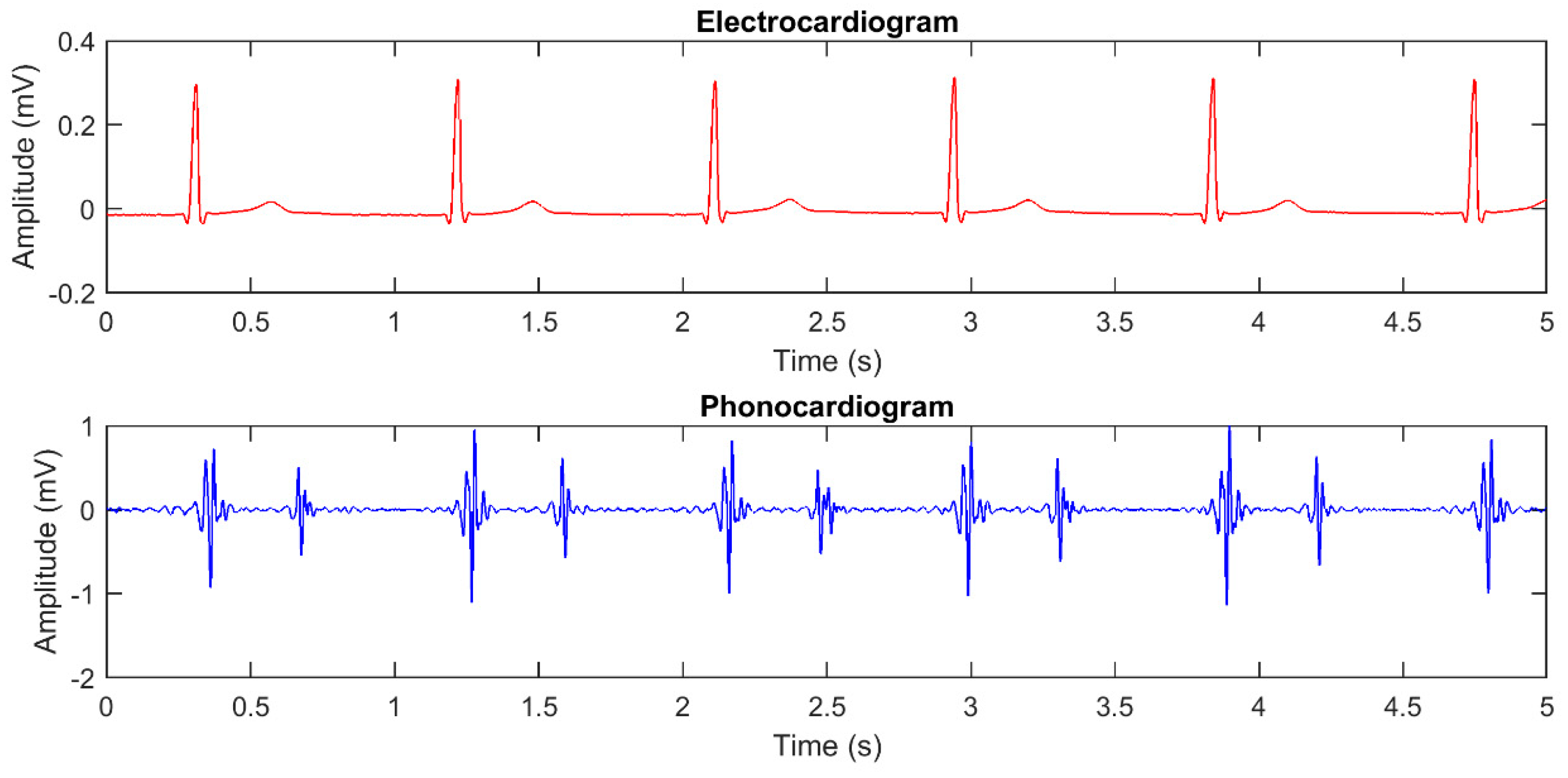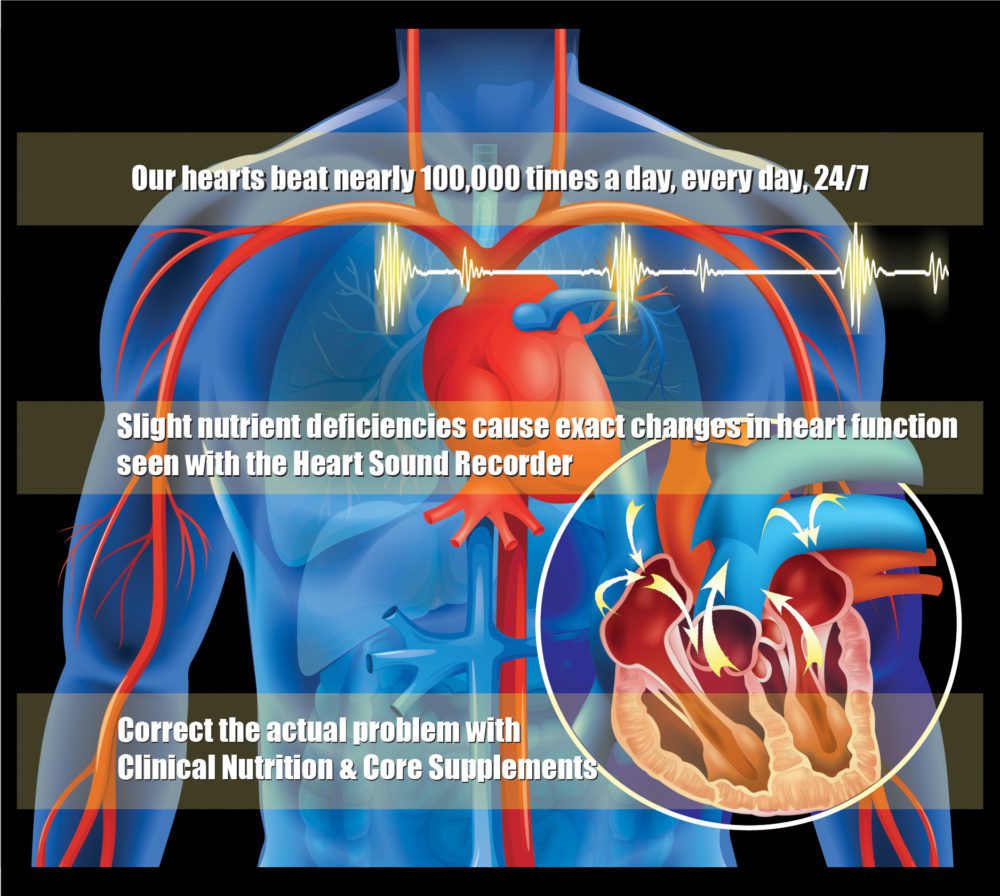

Demographics and comorbidities were collected at baseline. We retrospectively analyzed data from 560 patients with HF with left ventricular systolic dysfunction followed for a median of 25.1 months at an outpatient clinic. We evaluated the effect of renal function over time in all-cause mortality among ambulatory patients with HF. The impact of temporal evolution of kidney function in HF prognosis is largely unknown. These preliminary findings suggest that IMP3 expression may be involved in the pathogenesis of CCC and is worthy of further exploration.Ĭhronic kidney disease is a frequent comorbidity in heart failure (HF), associated with increased mortality. The finding in a subset of our cases of increased IMP3 expression at the tumoral myoinvasive front is consistent with a role for IMP3 in invasiveness, as is the trend toward reduced RFS in cases expressing IMP3 at high levels.

However, IMP3 expression was not significantly associated with reduced overall survival or RFS in a multivariate analytic model.

Increasing levels of IMP3 expression showed a trend toward decreasing relapse-free survival (RFS median survival, 75.6, 81.3, and 48.4 months for the negative/mildly, moderately, and strongly positive groups, respectively ). Moderate/strong IMP3 staining was associated with a tumor architectural pattern that has been reported to be of poor prognostic significance: at least 10% of the tumor composed of solid architecture or individual infiltrating tumor cells ( P =. A distinctive pattern of increased staining at the myoinvasive front (relative to the main tumor) was evident in 46% of the cases with evaluable foci of myometrial invasion.

Cases with scores of 0 to 100, 101 to 200, and 201 to 300 were classified as negative/mildly positive (n = 17), moderately positive (n = 20), and strongly positive (n = 13), respectively. In this study, we analyzed the frequency and clinicopathologic significance of IMP3 expression, as assessed by immunohistochemistry and as scored using a modified H-score system, in a cohort of 50 endometrial CCCs. Insulin-like growth factor-II messenger RNA–binding protein 3 (IGF2BP3 or IMP3) is a biomarker whose expression has been found to be a negative prognostic factor in several neoplasms including ovarian clear cell carcinoma (CCC). It was concluded that there is no evidence for the long-term effectiveness of pacification. It is further suggested that short-term studies which have found various pacifiers to be effective are probably reflections of the law of initial values since, in all of these experiments, crying rates in the control conditions were quite high and in fact much higher than in any long-term study that has been conducted. Since there were 102 infants in the experimental group but 112 infants in the control group, it should be expected that, on the average, the control group, in Salk's experiment would cry more than the experimental group. It is suggested that the results obtained by Salk were due to experimental error largely resulting from different sizes of the experimental and control groups. During the period of the experiment, the amount of time the subject cried and the amount of care received by the subject were recorded. The other half of the subjects did not hear the heartbeat sound. recorded heartbeat sound for between 17 and 34 hours. Half of a group of 26 infants between the ages of 2 and 3 days heard an 85 db. An experiment was conducted in an effort to replicate earlier findings of Salk that a heartbeat sound produces long-term pacification in newborn infants.


 0 kommentar(er)
0 kommentar(er)
